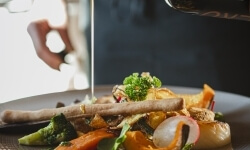No intermediate
Ability to choose preferred room
Free cancellation up to 14 before arrival
Peace and quiet reign supreme in the Val di Fassa valley, where the majestic Dolomites reach for the sky.
Peace and quiet reign supreme in the Val di Fassa valley, where the majestic Dolomites reach for the sky.
This picture perfect landscape is rounded off by traditional architecture that is consistent with its surroundings.
People and mountains live in a unique kind of symbiosis here, which is made visible in the smallest details that define daily life. You can see this, for example, in how the meadows are mowed and how the cows are bred: everything is based on traditions that are handed down from generation to generation.
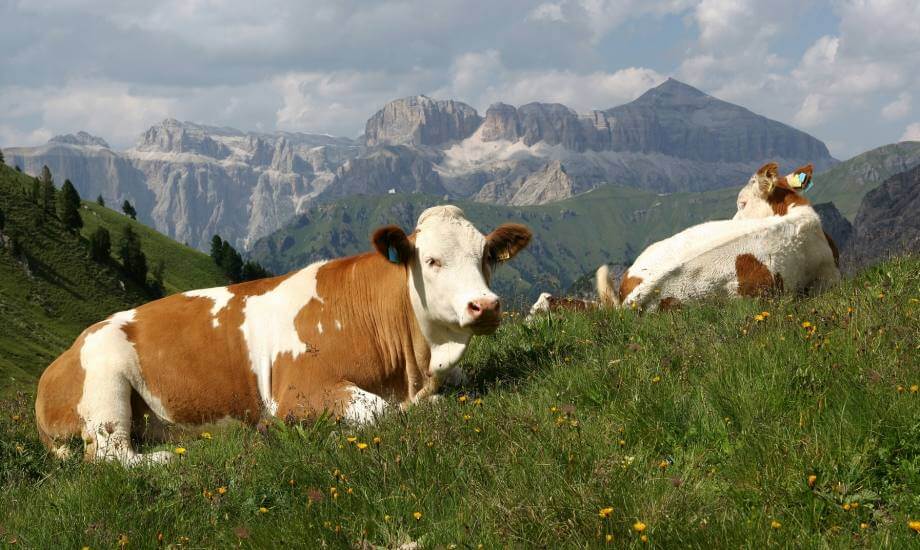
In the Val di Fassa we speak Ladin, just they do in Val Gardena, Alta Badia, Ampezzo and Livinallongo. Ladin is not some kind of dialect, on the contrary: it is an old minority language, and its wondrous tones still resound throughout the valley today.
Simple and traditional dishes from farming culture are a core part of Ladin cuisine. Only fresh produce is used: flour, potatoes, eggs, milk, butter, alpine cheese, fresh fruit and vegetables or meat. Though meat was only served on special occasions back in the days. Cheese plays a big role in the local culinary tradition. The “Puzzone di Moena” (lit. ‘the stinky one from Moena’) is especially popular, so is the “Chè de Fasha” aka ‘the heart of the Val di Fassa’.
Authentic dishes are still served today, prepared in line with tradition, though young, creative and very talented chefs are slowly giving the old recipes new interpretations.
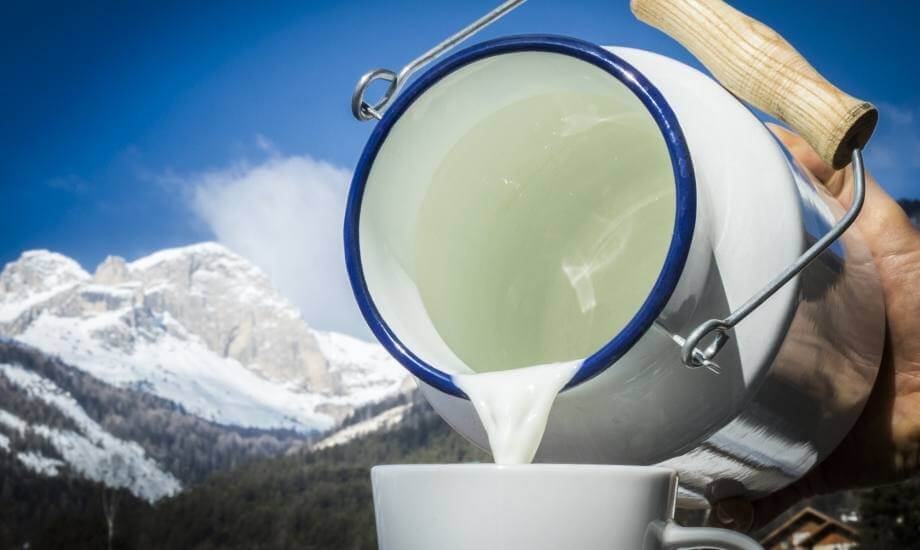
Between lush green meadows and rugged mountains you can find wooden huts, or ‘Tobiè’ as they are called here. Hamlets, or ‘Viles’ are also a characteristic part of the landscape. They are surrounded and connected by narrow little paths along forests and pastures. Countless families still live here.
The Ladin flag is inspired by the colors of nature. Green stripes stand for meadows and forests, white lines for snow and the light blue skies. Everything is surrounded by the majestic Dolomites.
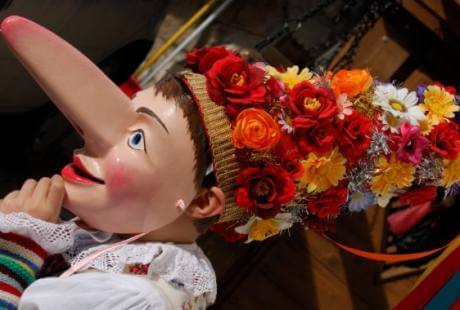
While exploring the Val di Fassa you’ll be sure to find many little studios that keep artisanal work alive. An old timey flair is in the air. “Faceres” are a typical local craft, these wooden carnival masks are still handmade today, following old traditions.
You can experience ancient customs and traditions up close when you are in the Val di Fassa! A special highlight? “La Gran Festa da d’Istà”, a summer’s end celebration that takes place every September. This celebration of folklore has everything: from music to culinary delights and even a traditional costume parade. Every ethnic community that lives in the Alps takes part in this parade.
The traditional costume is not used in daily life anymore. Today, it is worn to special events and religious holidays only. In the past you were able to tell a person’s social standing from his clothes alone. Single women wore long black skirts, white crocheted sleeves and a red top, while married women wore a blue apron and black sleeves. Mothers wore a coin on their belt for each of their children.
Men wore Lederhosen with a hand embellished belt, a shirt and a hat.
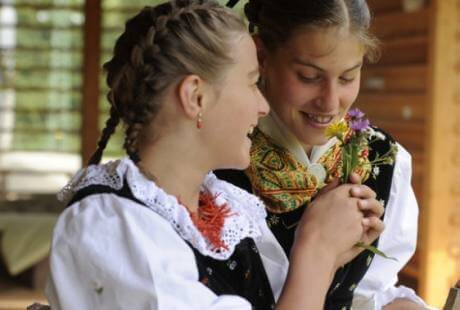
People in the Val di Fassa are well known for their wholehearted hospitality. It is part of the local tradition and is still lived as such, of course enriched with modern approaches.
Throughout the year, Hotel Olympic has many special offers and promotions for your holiday in Trentino. Enjoy the Dolomites. Choose the one most suited to your needs!
